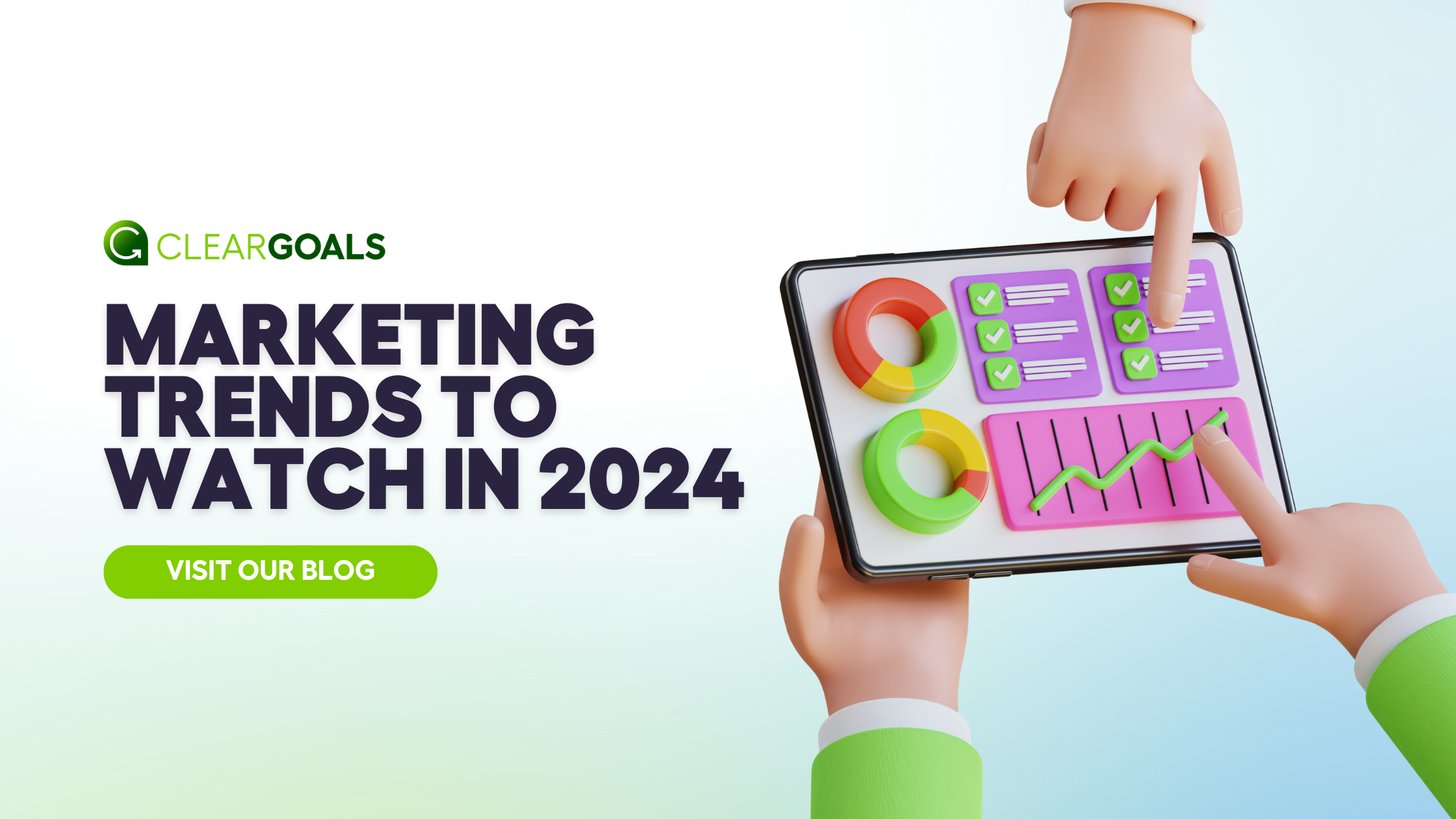Implementing a Marketing Resource Management (MRM) system like IBM Marketing Operations (IMO), provides your organization with a best in class, web-based application. The application can create a centralized location for all your marketing campaigns, provides structure and marketing automation. By conducting an IBM Marketing Operations Installation, the Marketing team(s) is able to visualize its day-to-day operations straight from their yearly marketing plan.
However, implementing IMO is much more than a simple software installation. IMO is left “open” so that each client can configure the application that best suits their needs. Clients must be willing to identify the pros and cons of their current marketing processes and be willing to make necessary changes to improve those processes. Changes can be made in future phases such as an IBM Marketing Operations Audit. An IBM Marketing Operations installation process is made up of six phases and can take anywhere from 3 to 6 months depending on the complexity of the configuration.
Below is a description of each of the six phases, some best practises for making the most of each phase and how CLEARGOALS can help you with a successful implementation of IMO.
Phase 1 – Discovery
Usually lasting 1-2 business days, the Discovery sessions are a chance for the CLEARGOALS IMO team to gain background knowledge about the client’s organizational hierarchy, marketing process and requirements for the IMO implementation. Attendees include representatives from the Marketing, Creative and Campaign Teams, IT and Executive Sponsors. At the end of the sessions a Discovery document and Requirements spreadsheet will be delivered by the IMO team for client review.
Phase 2 – Design
The Design phase generally lasts several weeks and consists of multiple meetings with the project team. In these meetings, the day-to-day users of the application along with the IMO team discuss and plan how the application will look, customization is key. Topics include:
- Which data fields will be captured in the system,
- A How-To on the Workflow schedules design implementation, and,
- the security for each user and working team.
Attendees include users from the Marketing, Creative and Campaign teams. At the end of these sessions, a Design document and Design workbooks are delivered by the IMO team for the client to sign-off on. The documents presented are meant to be a starting configuration blueprint of the application, however, changes are expected as the build begins.
Phase 3 – Build
Depending on the complexity, the Build phase could also take several weeks. The IMO team will use the information gathered in the Design document and workbooks to configure IMO in a Development environment. The Development environment is meant to work and feel exactly how the Production environment would work and can be used in the future for:
- Training,
- Testing changes, and,
- Upgrades.
During this phase it helps to have a design review once a new feature is available. Sometimes it’s hard for the client to imagine how the application would work with the new functionality, therefore having a design review during the build phase ensures the IMO team and the client’s team are aligned.
Phase 4 – Test
Typically lasting 2-3 weeks, the Test phase allows the end users (usually team leads) to get a chance to “play” with the tool. The hands-on experience gives the testers a chance to experiment with the new configuration and provide feedback of their user experience. In most cases, the IMO team will provide generic test cases that the client can customize with their own marketing processes. This phase can be challenging, as the end users need to visualize how the application would look like as a final completed product. One can expect many changes during this phase.
Best practise calls for all test users to document all requested changes in an Excel spreadsheet. The IMO team will label each change from a range of low, medium or high in complexity and the approximate time each will take to complete. The client can then prioritize which change can be made right away and which can be completed at a future time. Changes can then be made in real-time and retested by the users until all test scenarios are completed. The client will provide a formal sign-off to allow the implementation to move into the next phase.
Phase 5 – Train
Depending on the number of users, the Train phase could take 2-3 weeks. The IMO team will provide training manuals that are customized with the clients marketing processes. The training manuals include live screenshots from the clients IMO application. There are a couple of different ways to conduct training for IMO:
- The IMO team trains 15-20 users at a time, based on their role, and
- The IMO team trains a small group of trainers who in turn train the rest of the users.
Both of these scenarios provide hands on training while using the IMO Development website. Since this is being rolled out to other users who may not have been part of the design process, it is expected there will be requested changes to the system. As in the test phase, it is best to prioritize these requests to determine if it is a “nice to have” or something that is urgently needed for rollout.
Phase 6 – Deployment
Once everyone is in agreement that the application is ready for Production, the IMO team will begin the Deployment phase. Most deployment activities can be done in 1-2 days and may require someone from the IT department to move sensitive files and/or perform a reboot of the system. The IMO team will then export the working files from the IMO Development website and import them into the Production website. They will perform tests to ensure all functionality is working and set up the security for all users.
The system is ready for use after all the steps are completed.
Post Production
While not officially a phase, Post Production is an important time for an IBM Marketing Operations Installation. The application has just been rolled out to multiple people in multiple departments and there will be a flurry of questions as marketing teams start to use the system.
Best practise is to have the IMO team available for questions in case there is a situation that can’t be resolved by the project team.
IBM Marketing Operations Installation Wrap Up
While the installation of the IMO software is a vital part of the process, it is a small piece of the overall implementation. Clients must be willing to discuss, document and potentially change their current marketing process while dealing with change management issues with their end users. Following the phased approach in all implementations helps our clients overcome these potential roadblocks and allows them to provide their end users with the most efficient marketing technology available.






